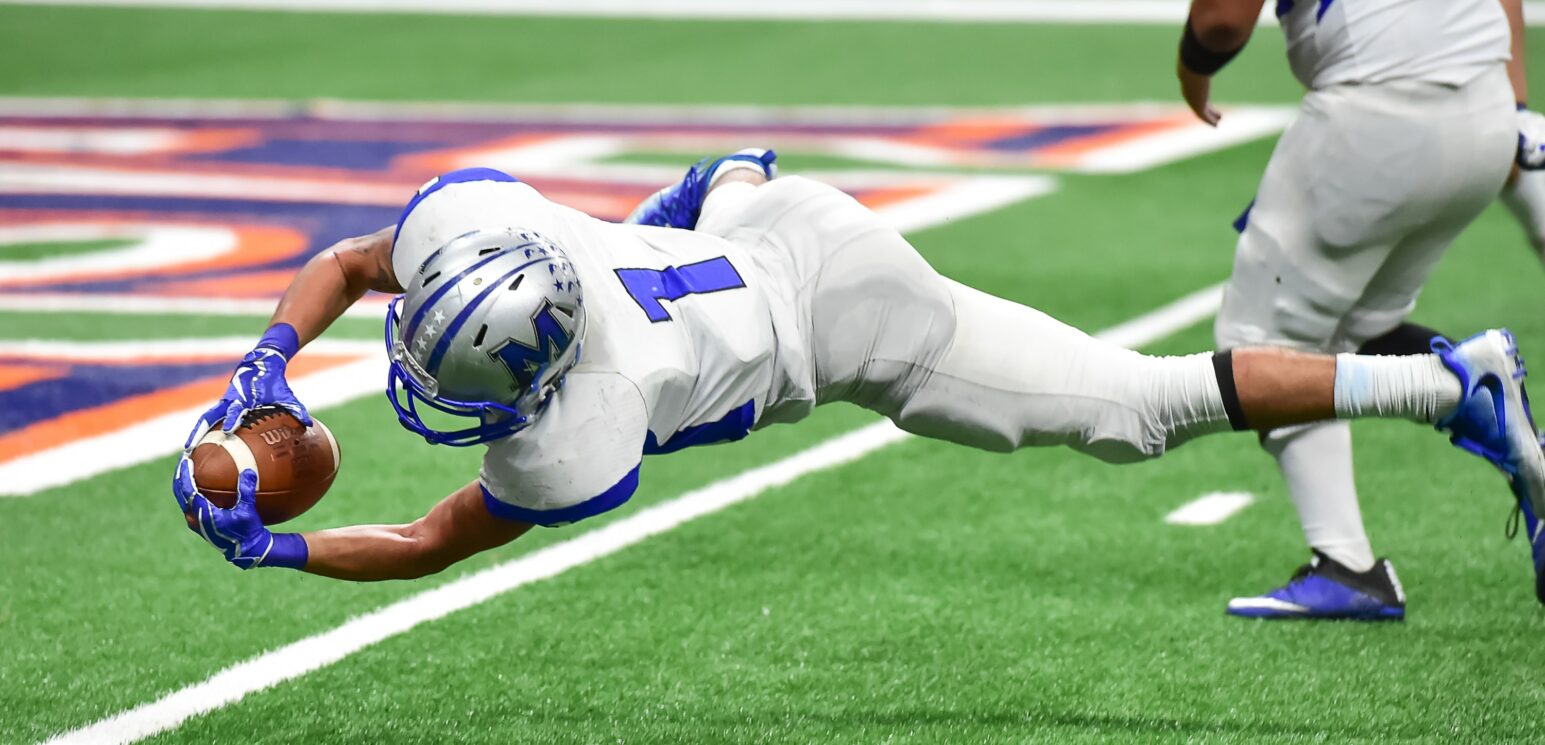In most sports, the losing team starts taking bigger and bigger risks as time runs out. In football, the Hail Mary play is a last-ditch attempt to score. There’s an economic principle behind this behavior which in finance is called risk-shifting.
Consider what happens if the Hail Mary play fails. There is a high risk that the opposing team will intercept the pass and gain possession of the football. Under normal circumstances, the high risk of turning over control to the opposing team makes the Hail Mary play a terrible idea. The extreme risk greatly outweighs the chance for scoring a touchdown.
Throwing Caution To The Wind
However, in certain situations teams stop caring about the risk. After all, if the clock is about to run out, it doesn’t matter if the attempt fails. The team was going to lose the game anyways. Furthermore, even in the worst-case scenario where there is an interception, and the other team runs it back for a touchdown, the risk still doesn’t matter since once again the team was already going to lose. It merely runs up the score, and the margin of defeat usually has little to no impact.
Something similar, at least in theory, happens in finance. Shareholders of a corporation have a limited liability benefit. If the company goes bankrupt, their personal assets cannot be seized by the company’s creditors; only the company’s assets are at risk. Therefore, if a company is close to bankruptcy, shareholders have already lost most of their investment and would only suffer a small loss if the company goes under.
This puts the shareholders in the same position as the football team. The risk of a ‘Hail Mary’ only slightly harms the shareholders, because the rest of the harm is shifted, hence the name, onto the firm’s creditors, but the reward is still the same.
Shifting The Risk
Risk-shifting is a theory developed by economists Michael Jensen and William Meckling in 1976 and is taught in corporate finance classes throughout the world. But a question that has plagued researchers in the ensuing decades is if firms actually do what Jensen and Meckling predicted.
Testing the prediction is quite challenging, since firms do not usually get close to bankruptcy purely by accident. Firms usually get into trouble because they made poor decisions, like overestimating the returns or underestimating the risk of potential investments. So if we see a firm making risky investments while close to bankruptcy, we don’t know if it is because of risk-shifting or because the firm is just bad at making investments. To test the prediction, what we really need are firms that are forced into trouble through no fault of their own or at least because of something unrelated to their ability to make wise investments.
What Is Known
And that leads us to the setting that David Pedersen used in his paper. The US Department of Health and Human Services maintains a list of known chemical carcinogens and periodically updates the list with newly discovered carcinogens. If a chemical is added to the list, firms with employees that were exposed to that chemical in the past are suddenly faced with significant legal liabilities. While the company may arguably be at fault, it was for actions in the past and does not have a clear connection with poor investment decisions in the future.
Despite the firms facing substantial legal liabilities, Pedersen found no change in their investment decisions. His non-finding does not mean the theory is dead, however. Other researchers have found conflicting results in different quasi-natural experiments. For example, Erik Gilje found that distressed firms reduced risk and Eric McKee found that distressed firms increased risk.
Ultimately, we still do not have a consensus on whether or not companies throw Hail Marys.
Eric McKee
Assistant Professor of Finance
West Texas A&M University


